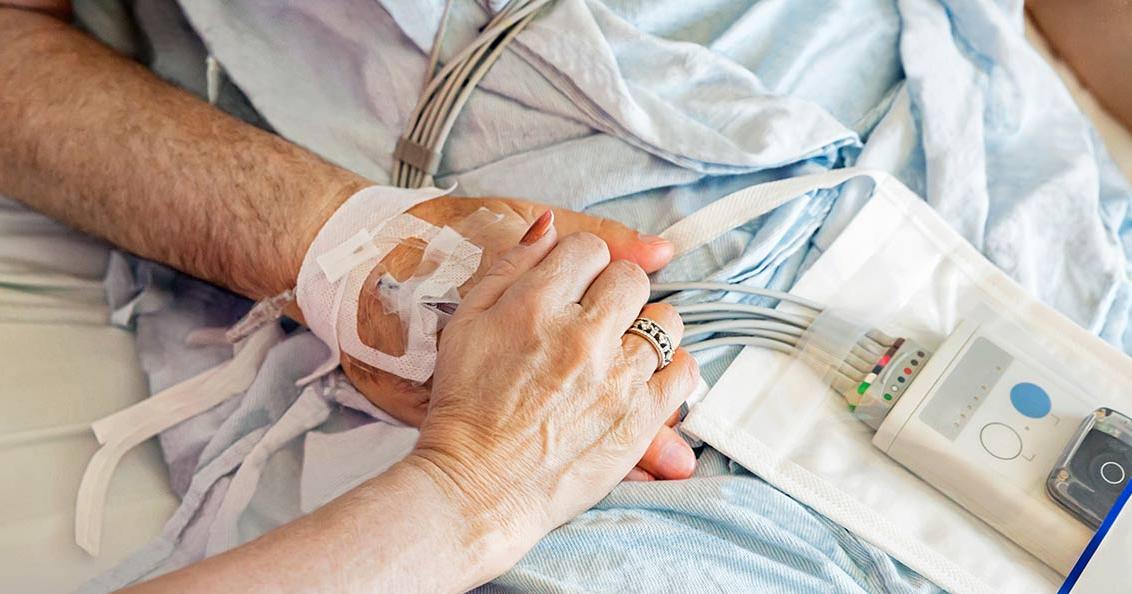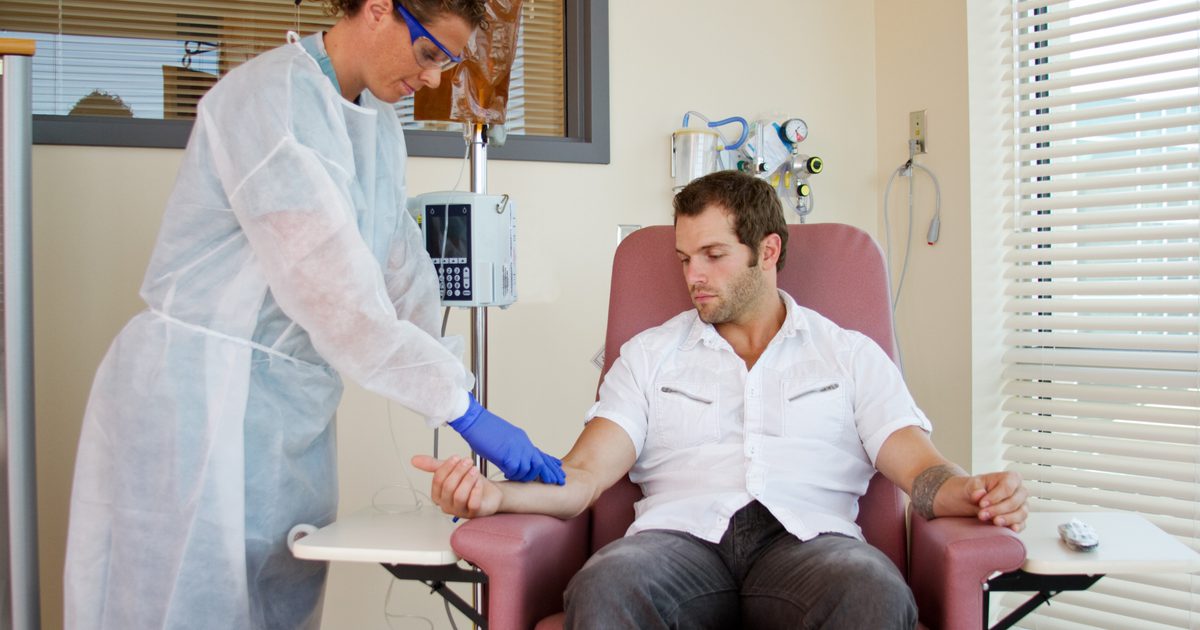Options For Treating Castleman Disease
Castleman disease is best described as a rare condition where there is an excessive overgrowth of cells in the lymph nodes. The lymph nodes in the body are important because they collect and filter waste materials, harmful germs, and waste fluids from the body. After a period of time, the cell overgrowth produces hard growths inside of the vital lymph nodes. While an excessive build-up of cells is commonly associated with malignant forms of cancer, Castleman disease is not a form of cancer. It has been said, however, that it mimics cancer of the lymph nodes or lymphoma. Unicentric Castleman disease only happens in a single lymph node group, and it is the most common type of this disease. Multicentric Castleman disease occurs in many lymph nodes around the body, and it is less curable than unicentric Castleman disease.
Get to know the best options for treating this condition now.
Surgical Removal Of The Affected Lymph Node

Surgical removal of the affected lymph node or nodes is usually only a viable option for individuals who have unicentric Castleman disease. This surgical procedure can be relatively simple if the affected lymph node or group of lymph nodes reside in an easy to access area. In such cases, the patient can usually go home on the same day as the procedure. If the affected lymph nodes are located in a less accessible area, the surgical procedure to remove them will be more complex. In this case, the patient may need to stay in the hospital for up to a few days post-procedure. The location accessibility is the main determining factor for how long it will take to recover from this type of surgery. Even though Castleman disease is not a form of cancer, the surgery used to treat the disease is inherently similar to the surgical procedure used to extract cancerous growth infested lymph nodes. Surgery to remove the lymph node or nodes can also be used as a secondary treatment.
Uncover details on the next method of treating Castleman disease now.
Radiation Therapy

Radiation therapy utilizes beams of powerful concentrated light to destroy clumps of accumulated cells. Most of the time, radiation is used to treat cancer alongside chemotherapy, however, there are numerous other uses for it as well, including the treatment of Castleman disease. Radiation can utilize energy from protons, x-rays, or other types of energy. During radiation, concentrated high energy beams of light come from an apparatus outside of the body that accurately aims the beams onto the body at a precise position. The way radiation therapy works to destroy the excessive cells in the lymph nodes characteristic of Castleman disease is by demolishing the genetic material that manages how the cells divide and multiply. Radiation therapy is fairly accurate at its targeting, however, healthy cells are still destroyed in the process. In some cases, where the lymph nodes affected are in an inconvenient area in a unicentric Castleman disease patient, radiation therapy can be used before excision surgery to shrink the size of the lymph node before accessing and removing it. This can make the surgery to remove the lymph node less complicated for situations in which they are located in odd places.
Get familiar with more Castleman disease treatments now.
Antiviral Drugs

Often, Castleman disease (particularly multicentric) is associated with individuals diagnosed with HIV or AIDS. This is because they have a compromised immune system that allows for the infection of a virus called HHV8. HHV8 is a virus scientifically linked with an abnormal overgrowth of noncancerous cells in the lymph nodes around the body. Antiviral drugs are specially designed to fight off viruses in a way similar to how antibiotics are formulated to fight off bacteria. Antiviral medications also reduce the widespread inflammatory response by the immune system. They are also used in Castleman disease to help fight off the HHV8 virus when it is what caused the disease. The objective of antivirals in this respect is to actually inhibit the environment that fosters the growth and multiplication of the HHV8 virus, causing the virus to eventually die off. Antivirals do not actually kill off the virus themselves. If the antiviral medication is effective at treating the infection of the HHV8 virus, then it will also be effective at treating Castleman disease.
Continue to reveal the next option for treating Castleman disease now.
Immunotherapy

Immunotherapy is a treatment that uses a man-made variation of normal elements of the immune system, or boosts the patient's immune function. The immune system makes antibodies to help fight off infections. Monoclonal antibodies or the man-made variation of antibodies are able to be formulated to target specific substances. With this type of therapy, the antibodies are programmed to target a certain substance that exists on the lymphocyte cell surfaces of which the disease initiates. In some cases of multicentric Castleman disease, there are increased levels of a protein named IL6 on the lymphocytes. A compound called siltuximab is effective at binding with this protein, and when this occurs, IL6 cannot act on the lymphocytes. In other cases of Castleman disease, a protein named CD20 exists on the surface of the lymphocyte cells. CD20 also plays a key role in the initiation of Castleman disease. An antibody called rituximab can attach to cells with the CD20 protein, and that attachment results in cell death. This helps stop the cell overgrowth in the lymph nodes.
Learn more about treating Castleman disease now.
Chemotherapy

Chemotherapy is an ideal way to treat multicentric Castleman disease because of how it moves around the body. These types of drugs act on the cells in the process of multiplying. This means healthy cells in the cell division process, cancerous cells in the cell division process, and abnormal noncancerous cells like the ones in multicentric Castleman disease that are in the cell division process. The objective of chemotherapy is to shrink the size of the growths or eradicate the growths in the lymph nodes all together. For particularly severe cases of multicentric Castleman disease, a combination of chemotherapy and radiation may be used to help shrink and dissipate the hard growths in affected lymph nodes.
